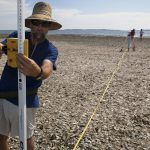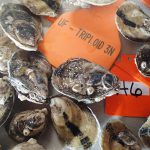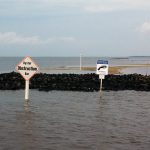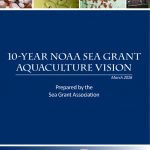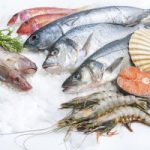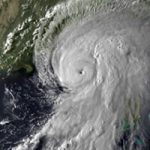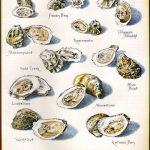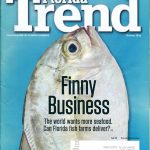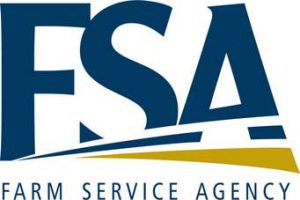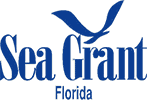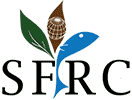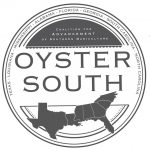
Dates set for Oyster South Symposium
The Oyster South Symposium (OSS) is being held by Oyster South, Inc. (a non-profit dedicated to advancing oyster aquaculture in the southern US), in collaboration with National Sea Grant, to bring together producers, gear suppliers, distributors, chefs, food writers, vendors, researchers, students and managers from the southeast region to discuss pressing issues and relevant, practical research on oyster aquaculture on January 27-28th, 2017 in Auburn, AL. Registration includes admission to all informational sessions (all day Friday and Saturday morning), all breaks, lunch on Friday, January 27th, the mixer on Friday night, and the trade show. Meeting fees are based on current


